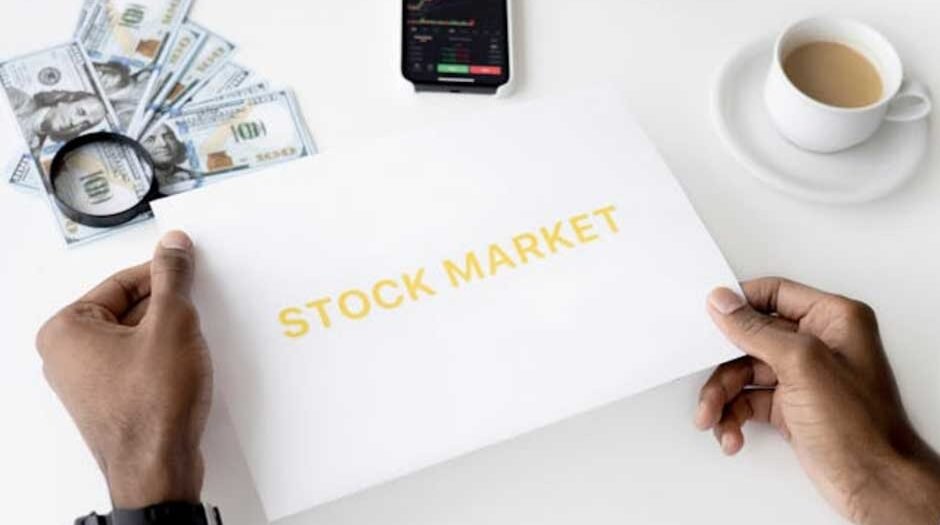Photo from Pexels
Trading in financial markets can be an overwhelming but rewarding experience for individuals with the necessary knowledge and approach. Both new and seasoned traders now find an appealing path in prop trading companies, which give traders access to funds in exchange for a percentage of the earnings. Some of the most successful trading techniques available to prop company traders to enhance profits while controlling risk are investigated in this paper.
Risk Management is Key
Risk management is one of the most critical aspects of trading for prop trading organizations. Traders must develop a comprehensive risk-management strategy that protects their capital while allowing them to take calculated risks. This includes determining the size of each trade, placing stop-loss orders, and ensuring that no single transaction substantially jeopardizes the portfolio’s overall performance. A trader’s risk tolerance should be consistent with the company’s policies to ensure that risk is managed without sacrificing potential returns. Effective risk management not only protects cash but also provides the emotional stability needed to sustain the inevitable losses associated with investing in volatile markets. Protecting against large drawdowns helps a trader maintain the discipline needed to stay in the game for the long run.
Developing a Trading Plan
A well-thought-out trading strategy is essential for any trader, but it is especially important for those working in prop trading organizations. A trading plan is like a road map, guiding the approach to take in many market environments. It should specify the trader’s objectives, risk tolerance, preferred trading tools, and trading exit and entry criteria. While developing their strategies, traders also need to take into account elements, including market hours, volatility, and liquidity. Furthermore, the trading strategy must contain well-defined guidelines to follow, thereby avoiding emotional decision-making. Following a well-defined strategy not only raises the possibility of profitability but also helps avoid hasty decisions that can cause major losses.
Focus on Technical Analysis
Technical analysis is a prominent strategy among traders in prop trading firms. Traders can identify trends and patterns that will guide future price movements by analyzing previous market data, particularly price and volume. Technical analysis employs oscillators, charts, and indicators, among other significant tools. Traders can use these tools to assess market conditions, find entry and exit points, and gauge overall market sentiment. In fast-paced marketplaces where decisions must be made quickly, technical research is very beneficial. Analyzing market behavior and price swings allows traders to make informed decisions with potential payoffs.
Incorporating Fundamental Analysis
While technical analysis is critical in many trading strategies, fundamental analysis should not be overlooked. The basic analysis focuses on evaluating the economic, financial, and other qualitative and quantitative factors that can have an impact on the market. Traders should keep watch of macroeconomic events like interest rates, inflation, and employment data, as well as company-specific data like earnings reports, product debuts, and industry trends. Reliable prop trading firms can help traders that can incorporate both technical and fundamental analysis into their strategies since this all-encompassing approach can aid decision-making. A solid understanding of these factors can aid in recognizing long-term trends and potential market influences.
The Importance of Back Testing
Traders must test their method before using any plan in a live trading environment. Back testing is the process of seeing how a trading strategy would have behaved historically by means of past market data. This process enables traders to evaluate their approach’s success and make any required changes before jeopardizing actual capital. Back testing helps traders show a strategy’s feasibility in prop trading companies, where capital is sometimes given based on a trader’s performance, therefore greatly raising their chances of success. Back testing helps traders increase general profitability, lower their chance of failure, and give confidence in their tactics.
Conclusion
Success in prop trading organizations involves more than simply technical knowledge; it necessitates a well-rounded trading strategy that incorporates risk management, disciplined execution, and psychological resilience. Traders can raise their odds of sustainable profitability by creating a strong trading plan, including both technical and fundamental analysis, learning trend-following tactics, and keeping great emotional discipline. Prop trading companies give traders a special chance to use capital. However, a trader can only thrive in this competitive market if they prepare thoroughly, evaluate continuously, and executes strategically. Using these fundamental principles, traders can navigate the hurdles of prop trading and potentially reap significant gains.




